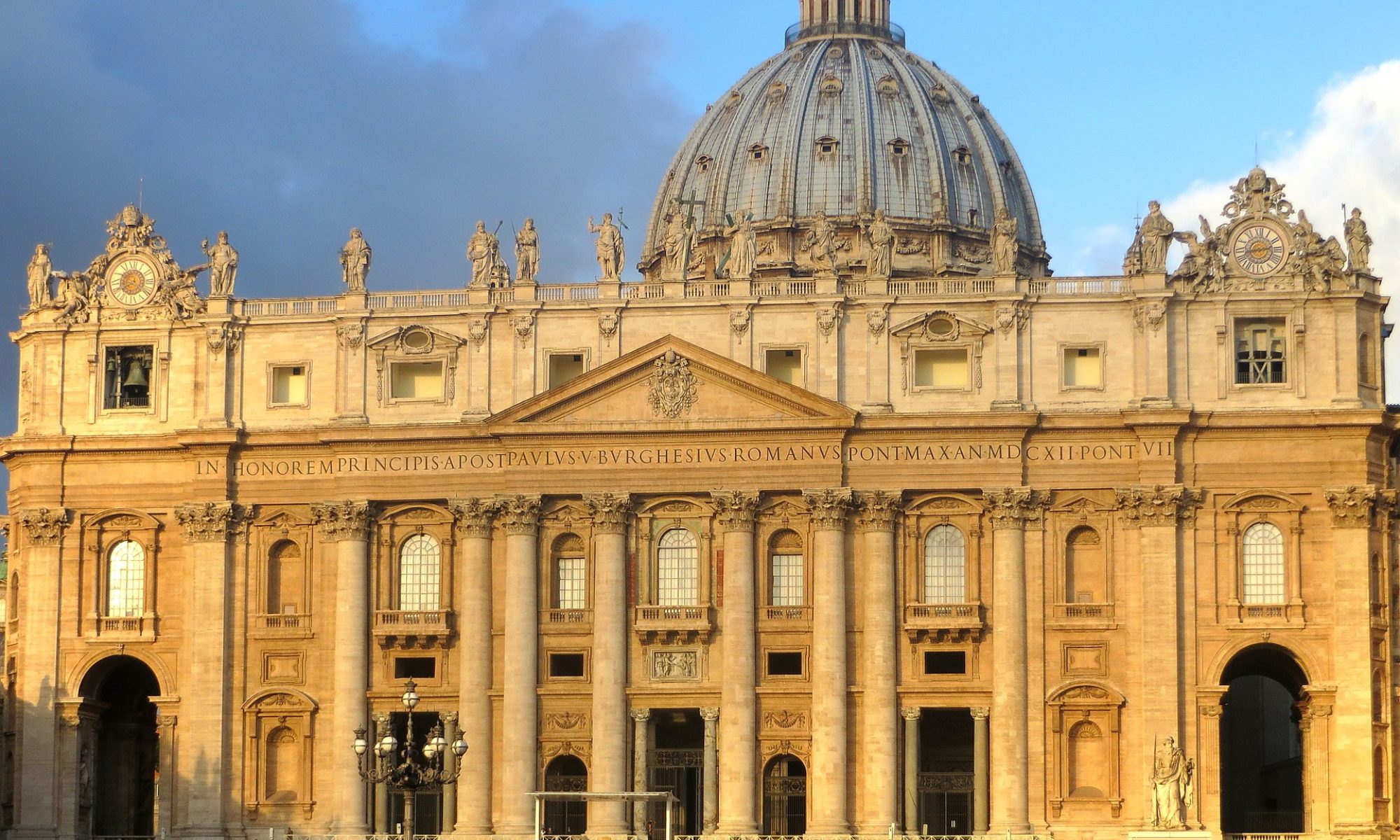February 14th, 2014
The United Nations’ report on Vatican child protection efforts (5th February) has stirred many reactions on various fronts. In regard to the Catholic Church’s approach to dealing with cases of pedophilia, the UN Committee on the Rights of the Child has assessed the situation and pointed out some remaining areas of opacity in Vatican procedures concerning such matters. The Committee has also taken the opportunity to recommend certain changes in the ways in which the Catholic Church thinks of reproductive rights and education of sexuality.
Fighting Abuses and Recommending Politically Correct Changes
For decades cases of pedophilia committed by Catholic priests have been reported without the Church authorities taking immediate action to stop such abuses, to protect the children involved, and to prevent further episodes. The general tendency has been to downplay the reports and safeguard the interests of the institution by trying to maintain the lowest profile possible. Instead of being transparent and honest, the Church has often practiced a self-defensive approach. It needs to be said that Cardinal Ratzinger, then Pope Benedict XVI, has worked hard to change the internal policies and that the attitude of the Roman Catholic hierarchy has varied from place to place, largely depending on the social control that the Church was able to exercise on society and the media.
The UN Committee now surveying the situation acknowledges the improvements and solicits a fully transparent policy against pedophilia. What is perhaps more striking, however, is what the report says beyond pedophilia. The UN document addresses areas such as reproductive rights and discrimination, abortion and contraception and sexuality in general. In recommending stronger actions against sexual abuses against children, it also encourages the Catholic Church to revise its teachings on various “sensible” ethical issues which belong to the traditional Christian moral vision. It criticizes the “conservative” stance on sexuality and pushes for more “progressive” views on life issues. A document that was intended to report on the state of affairs concerning pedophilia is instead become a proposal for re-working the moral teaching of the Church. Is this what a UN agency is meant to do?
Does the Church Need a “Holy See”?
Many observers have rightly criticized this ideological use of a UN report which intrudes on matters that belong to the moral sphere. Some have seen it as an attempt to impose a “politically correct” view on sex and reproductive freedom. Others have questioned the composition of the Committee which is largely influenced by representatives of NGOs that will fight for abortion on demand. All these concerns are matters of serious consideration. The document is more of a “culture war” text than a specific report on a certain issue. The pervasive role of the UN in promoting a secularist “single thought” is apparent.
Having said all this, there is another fundamental question that is not being addressed, let alone asked by commentators. It is a question that goes beyond the specific contents of the report. Why on earth does the Roman Catholic Church need a “Holy See” for its mission? The Holy See is a sovereign state with full political and diplomatic authority, it’s a territory, an army, and a bank. The Pope is a political monarch. The Holy See is part of the United Nations as a nation among others. Of course, the Holy See is a child of a long historical process whereby the Roman Church in its central institution has developed a dual identity, i.e. a church and a state joined together.
Everyone is a child of its history, but the church should always be ready to change according to the Word of God and concerning things that are contrary to the will of its Master. Jesus Christ, the true head of the church, never intended the church to be a state and its pastors to be political kings. According to the Bible, Caesar and the magistrates have their legitimate authority. While living in the world of Caesar and the magistrates the church has a different calling, not to be confused nor overlapped with the former. While the UN abuses its power in commending a secularist agenda, the Holy See abuses its identity in being what its alleged Lord never wanted it to be. The UN needs to be questioned politically but the Vatican in its institutional outlook needs to be challenged theologically.
